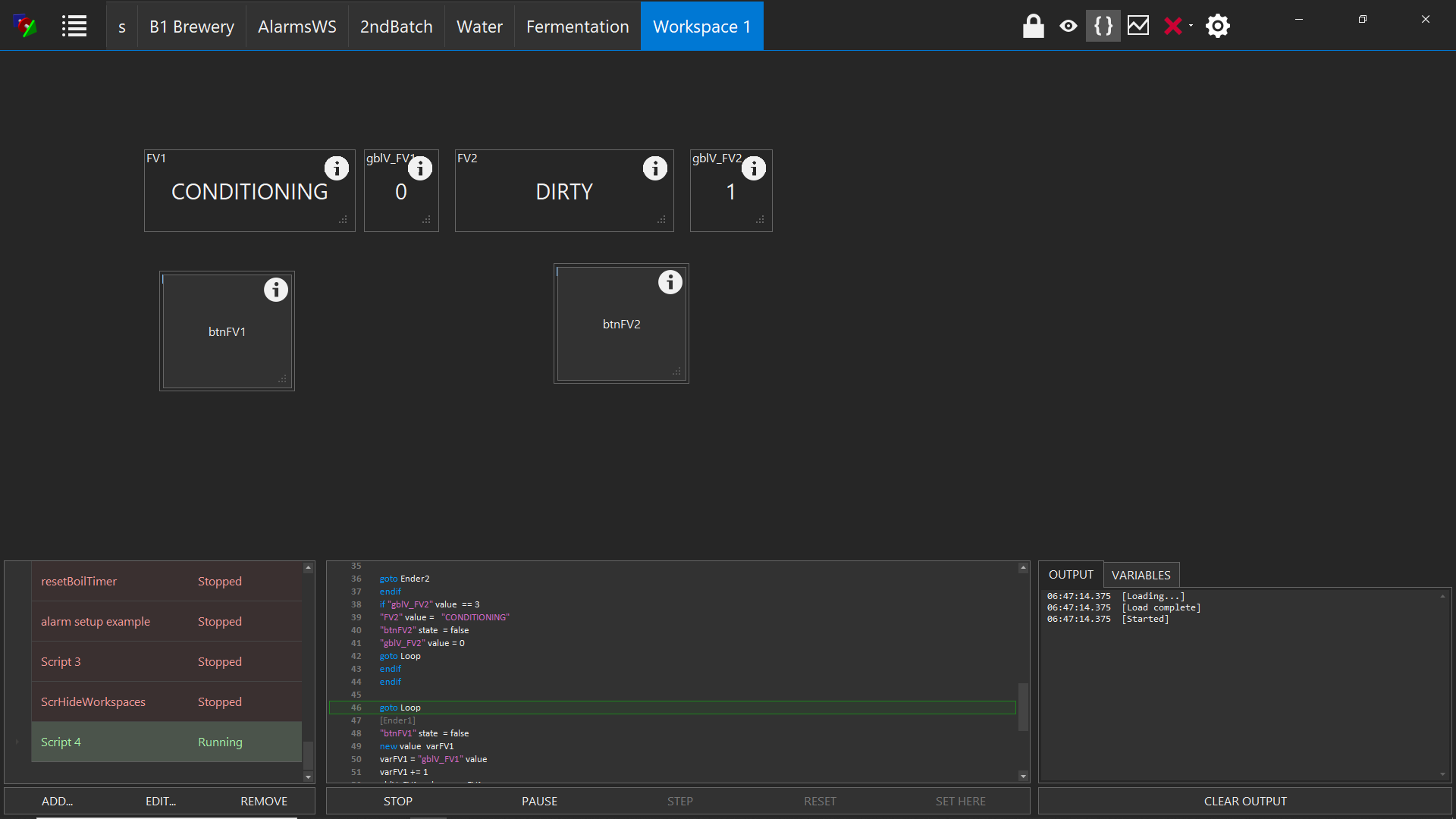Sep 23, 2020 Just in case someone finds it useful, when upgrading from 1.1 to 1.2 beta
[SNIP]
It seems I can get trough last step when it's starting VSS services. That times out, service is not started and installation is rolled back.
I know it looks pretty stupid, but my admin account has log on as a service right, too. I did try to start service manually with other accounts, but I wasn't able.
Searched internet, but can't find solution yet.
Did you experience such issues ?
I have Windows 10 Pro ( Build 19041) OS is 64bit.
_______
The solution was for me:
I tried everything I know, but it wouldn't work to install LocalDB from your MSI.
What I did - you'd have to install the full SQL Express and then uninstall most of it.
I first acquired the MSI install file SQL2019-SSEI-Expr -
SQL Server Express 2019.
Then by running the GUI for the SQL Server 2019 Express Edition installer and selecting the “Custom” option.
Leave default selection + you need to select LocalDB option during install - check both Instance Features -> Database Engine Services and Shared Features -> LocalDB in the Feature Selection pane.
This action have installed LocalDB but also SQL instance.
Then you'd need to uninstall the SQL Server express instance separately:
- Go to your Control Panel Add/Remove, or Programs/Uninstall a program.
- Right click 'Microsoft SQL Server', and select uninstall.
- In the next dialog next, you will see 'Add', 'Repair' and 'Remove'. You will choose 'Remove', and then 'OK'.
- The next dialog is 'Select Instance', you will select the instance you want to uninstall, and click 'Next'.
- In the dialog where is 'Select Features', you could select features other than LocalDB, and then finish the uninstallation. Which will remove unneeded engine.
However, I do suspect that I have additional components. Could you please check on your PC which components are needed for LocalDB?
The following items
remain in the Add/Remove Programs registry:
Microsoft ODBC Driver 17 for SQL Server
Microsoft OLE DB Driver for SQL Server
Microsoft SQL Server 2012 Native Client
Microsoft SQL Server 2019 T-SQL Language Service
Microsoft Visual C++ 2017 Redistributable (x64) - 14.14.26429.4
Microsoft Visual C++ 2017 Redistributable (x86) - 14.14.26429.4
My 1.2 Beta works now.
[SNIP]






![Craft A Brew - Safale S-04 Dry Yeast - Fermentis - English Ale Dry Yeast - For English and American Ales and Hard Apple Ciders - Ingredients for Home Brewing - Beer Making Supplies - [1 Pack]](https://m.media-amazon.com/images/I/41fVGNh6JfL._SL500_.jpg)





















































